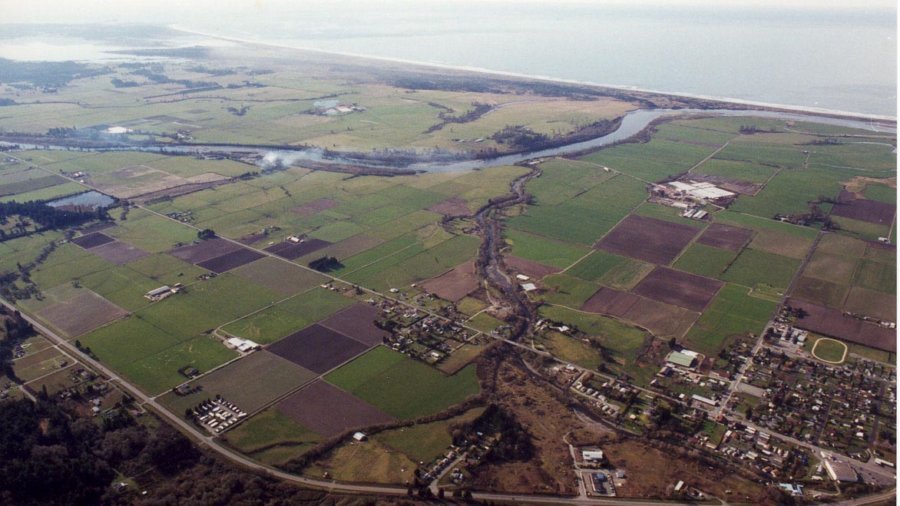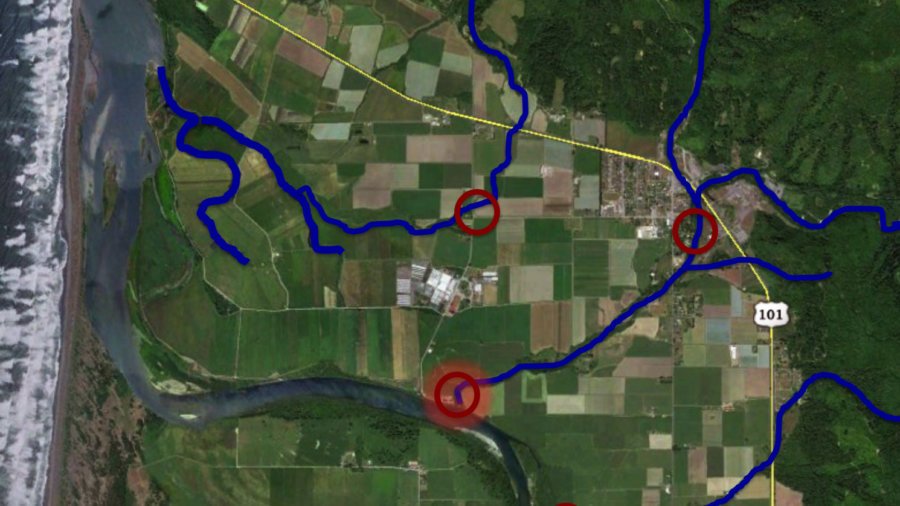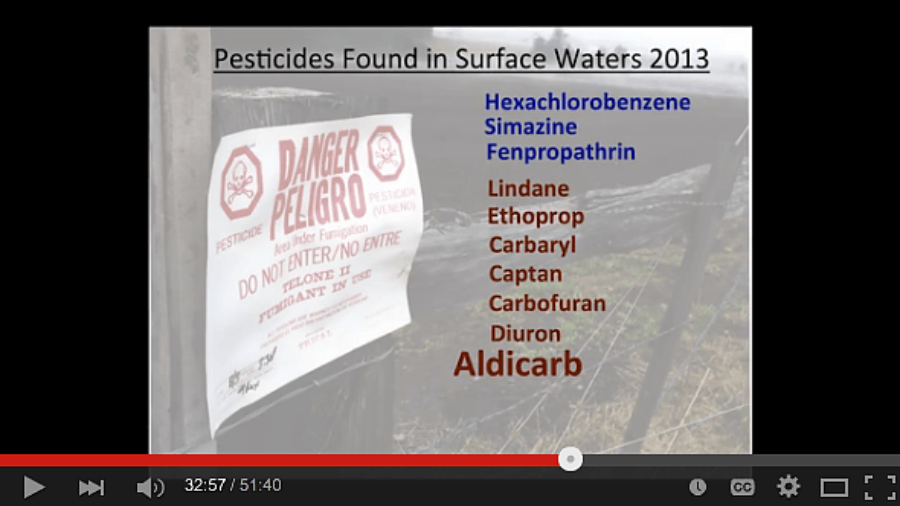Forty Years of State Complicity in the Pesticide Poisoning of California’s Wildest River “It’s a toxic soup in there.”—NMFS fisheries biologist In April 2024, Siskiyou Land Conservancy released a comprehensive report that documents forty years of complicity by the state of California in the pesticide contamination of the Smith River estuary, in the far northwestern Read more
Easter Lily Landing Page
Despite finding 17 pesticides in estuary waters and 10 instances of contamination, Water Board has no plans to rein in chemical use In late January, 2018, the state agency charged with enforcing the federal Clean Water Act released a long-awaited report on the results of two years of water quality testing in the Smith River Estuary. The testing detected 17 pesticides in the streams, creeks and ditches that feed the estuary, and 10 instances of contamination of the aquatic food chain. The findings appear to show that Easter lily farmers are in violation of the Clean Water Act, which was passed in 1972 in large part to protect precious aquatic resources such as the West Coast’s dwindling salmon populations.
Who To Contact Read More
It’s probably safe to say that no one likes using pesticides. Even Easter lily farmers have told me that “we don’t like using them,” adding that they have “no choice.” The lily bulb crops would be ruined, they say, without the 300,000 pounds of dangerous chemicals they apply each year to farmlands that surround the Smith River estuary and border residential neighborhoods and an elementary school.
Certainly farming is economically fraught. The weather, the pests, the whims of fickle consumers. Individually and combined, the challenges facing farmers are many. Read More
Since 2001, Siskiyou Land Conservancy and our predecessor, the Smith River Project, have led efforts to reduce and eliminate the annual application of 300,000 pounds of highly toxic fumigants, herbicides and fungicides on 1,000 acres of bottom land that surrounds the Smith River estuary, in Del Norte County. These pesticides are used to grow 100 percent of North America’s production of Easter lily bulbs. Two of these pesticides — the carcinogenic and fish-killing fumigants metam sodium and 1,3-Dichlropropene — are used on lily fields in pounds-per-acre amounts that are higher than anywhere else in California, which is really saying something. What’s perhaps most dumbfounding about such a high level of toxic pesticide use is exactly where they are applied: At the richest and most vulnerable reach of one of the world’s cleanest rivers. Superlatives describing the Smith River watershed, which is located in the far northwestern corner of California, are inexhaustible and in no way overstated. The Smith is unique among coastal rivers in the United States, and there are few watersheds like it remaining in the world’s temperate zones. Read More
Our presentation on pesticide use at the Smith River estuary is now up on YouTube.Read More



